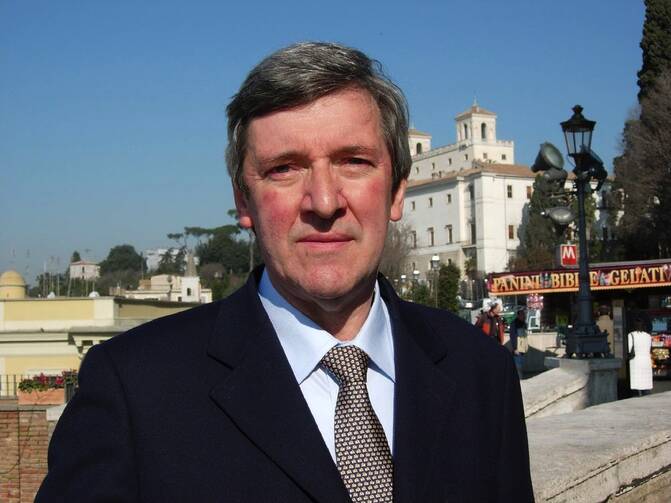The recent extraordinary assembly of the Synod of Bishops is likely to go down as a milestone in the history of the church. It was the first time since Paul VI established this organ of collegiality on Sept. 15, 1965, that the assembly “truly functioned as a synod and not a staged gathering of pseudo-concord,” as one senior prelate (who preferred anonymity) told me recently.
There is overwhelming evidence that the October 2014 meeting functioned in a substantially different way than any of the other synods over the past 49 years.
“It has been a great experience, in which we have lived synodality and collegiality, and felt the power of the Holy Spirit, who constantly guides and renews the church,” Pope Francis said in his homily on Sunday Oct. 19, as he closed that assembly and beatified Paul VI.
The 2014 synod functioned well because Francis gave it the freedom to do so. At the opening session, he encouraged participants to speak from the heart, candidly, without fear. His words ended not only the discreet Vatican censorship of past years but also the far more damaging “self-censorship” of the bishops themselves in past synods, as the presidents of the Argentine and German bishops’ conferences stated publicly.
The proposal for a synod of bishops emerged at the Second Vatican Council as the council fathers were debating collegiality (1963-64). In a recent interview with Salt and Light TV, Cardinal Luis Antonio Tagle of the Philippines recalled that “the bishops at the council wanted a direct link to the pope and direct collaboration with the pope without passing through the Roman Curia. So the Synod of Bishops, in the mind of Vatican II, is not under the Roman Curia.”
Paul VI shared this vision and established in Rome “a permanent council of bishops for the universal church,” called “the Synod of Bishops.” The synod, with its permanent secretariat, is not part of the Roman Curia and does not depend on it; it is subject directly and solely to the pope, with whom it is united in the universal governance of the church.
Significantly, in the apostolic letter establishing the synod (“Apostolica Sollicitudo”), Paul VI wrote that the synod, “like all human institutions, can be improved upon with the passing of time.” That is exactly what Pope Francis is doing.
From the beginning of Francis’ pontificate, he set out to empower the synod. This is still a “work in progress.” He appointed Archbishop Lorenzo Baldisseri (then secretary of the Congregation for Bishops) as its new general secretary and entrusted him with the renewal of its structure and functioning. He further underlined its importance by making Baldisseri a cardinal and putting him in second place on the list of new cardinals after the secretary of state but before the prefect of the Congregation for the Doctrine of the Faith. Furthermore, unlike previous popes, Pope Francis participated in several meetings of the synod’s council.
The assembly just ended is unique in the history of synods also because it was only Part I of a two-part process; Part II comes in October 2015. The year between the two sessions is for discussion based upon the final report of the first session. Not since the Second Vatican Council has such a thing happened.
Paul VI said he decided to create the Synod of Bishops “so as to establish ever closer ties with the bishops in order to strengthen our union with them,” and together with them “to carefully survey the signs of the times and to make every effort to adapt the means and methods of the holy apostolate to the changing circumstances and needs of our day” (“Apostolica Sollicitudo,” No. 1). It was no accident that Pope Francis quoted these words in his homily at the assembly’s closing Mass. His choice of theme for the two-stage synod reflects this well.
Now, in another highly significant development of the synodal process, Pope Francis is actually inviting, through the bishops, the entire church—priests, women and men religious and lay faithful—to participate, in their dioceses and parishes, in a global discussion of the final report and to give their input in preparation for the assembly in October 2015.
Clearly, Pope Francis wants this organ of collegiality to mature and play a more significant role, “cum Petro et sub Petro” (“with Peter and under Peter”), in the life of the universal church.








